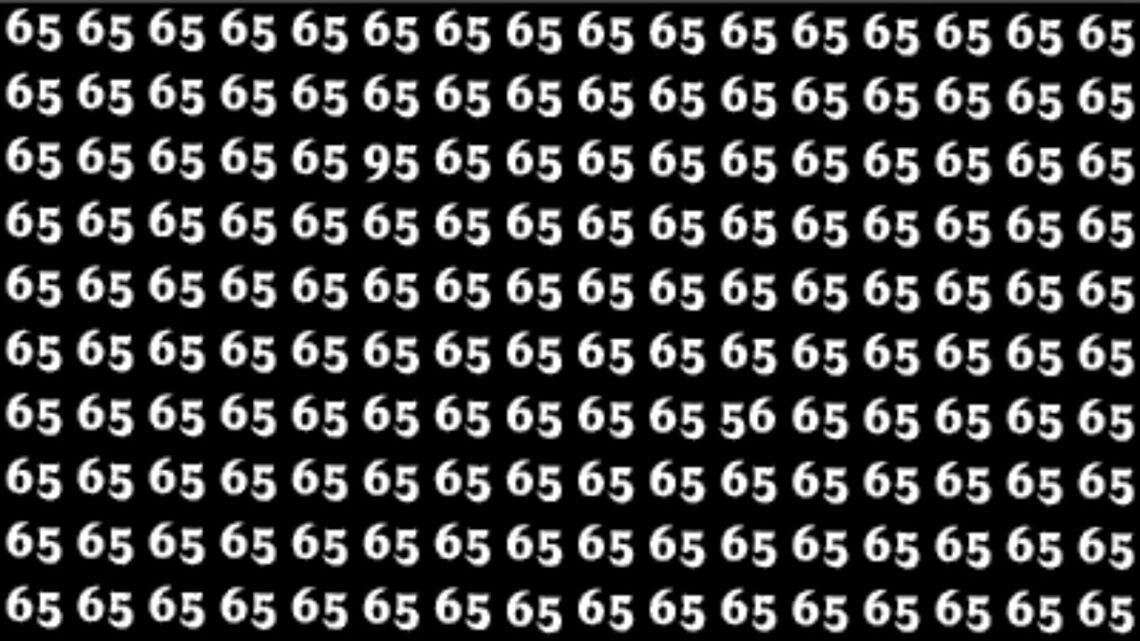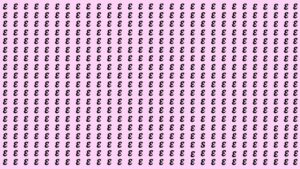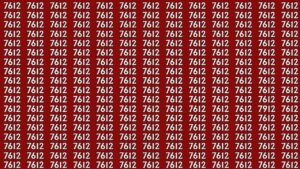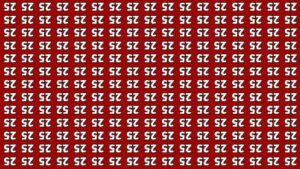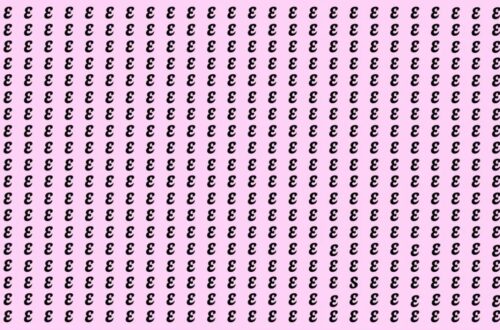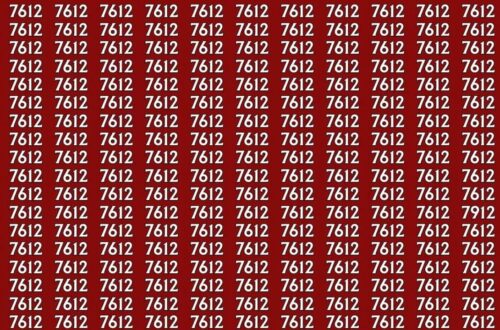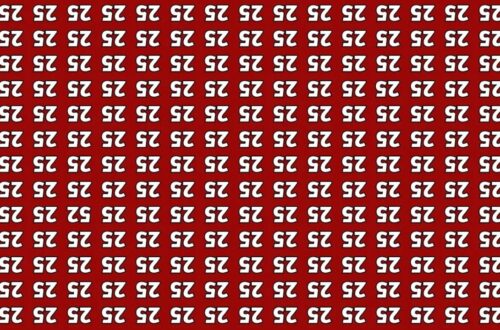Have you ever tried a brain puzzle that looks easy but turns out to be surprisingly tricky? A new viral optical illusion is challenging people to spot the number “95” hidden among many “65s” in just 13 seconds.
While it might sound simple, most people fail on their first attempt. This puzzle not only entertains but also tests your observation, focus, and speed. Let’s explore why this illusion is so tough, how it works, and what it says about your brainpower.
What Is the Viral Number Puzzle?
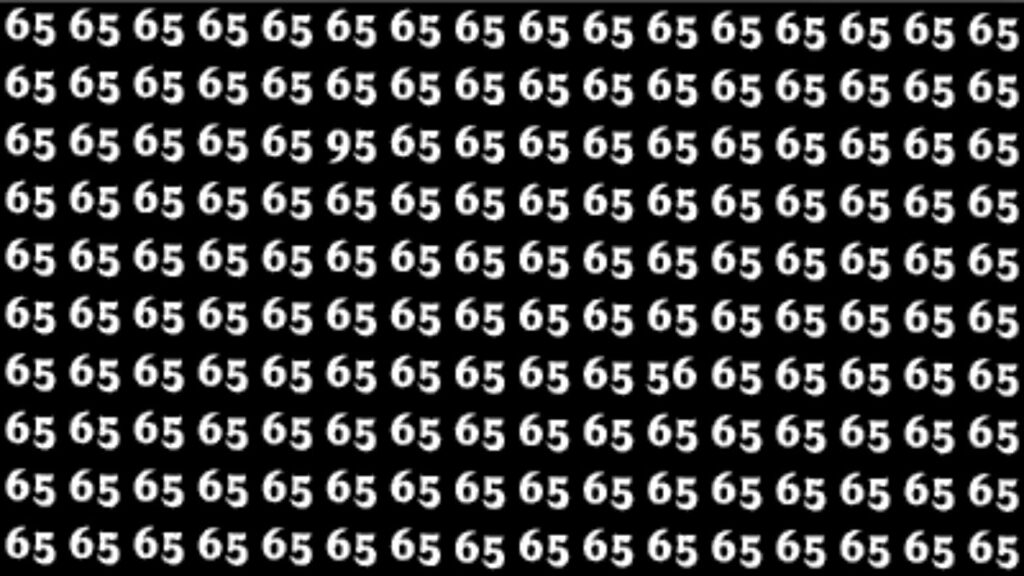
The puzzle shows a grid full of repeating “65”s. Hidden inside this grid is one “95”. At first glance, all numbers look the same because our brain gets used to seeing patterns. This is why many people scan through the image but miss the odd number. The challenge is to find the hidden 95 within 13 seconds.
This simple puzzle is a type of visual brain teaser, often used to check how quickly a person can notice details that don’t fit the usual pattern.
Why Is the “95” So Hard to Find?
Spotting the hidden “95” is not as easy as it sounds. Here are a few reasons why most people struggle:
- The “95” is blended into rows of 65s, so the difference is very small.
- Our brain is trained to ignore tiny variations when we see repeating shapes.
- The time pressure of 13 seconds makes us anxious, causing mistakes.
- Rapid eye movement often skips the exact spot where the difference lies.
In short, your brain is playing a trick on you by prioritizing speed over detail.
Why 13 Seconds Matters
The puzzle sets a 13-second time limit to make it exciting. It forces you to work under pressure, testing both accuracy and quick thinking. If you can find the number within the time, it suggests you have:
- Sharp attention to detail
- Fast processing speed
- Good concentration skills
These are qualities linked with strong problem-solving abilities and logical thinking.
Tips to Spot the Hidden 95
If you want to challenge yourself, here are some easy tips to improve your chances:
| Tip | How It Helps |
|---|---|
| Start from the top row | Many illusions hide the answer in the beginning rows |
| Scan slowly, not quickly | Helps you notice small differences |
| Focus on one pair at a time | Avoids confusion caused by scanning too fast |
| Stay calm | Anxiety makes your eyes miss details |
| Practice daily puzzles | Improves focus and visual sharpness |
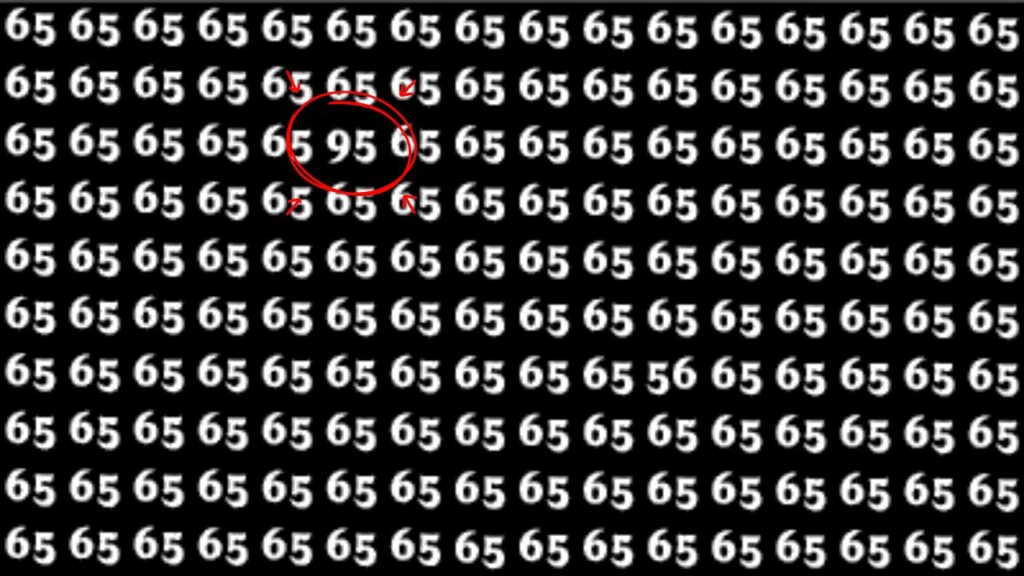
The Fun of Optical Illusions
Optical illusions like this are not only entertaining but also educational. They show us how the brain processes visual information and how easily it can be tricked. By doing such puzzles, you can:
- Train your attention span
- Improve your memory
- Strengthen your focus skills
- Challenge your brain to stay sharp
That’s why teachers, therapists, and brain-training apps often include these illusions in their activities.
What It Means If You Found It
- If you spotted the 95 within 13 seconds, congratulations! You likely have excellent visual observation skills.
- If you didn’t find it, don’t worry. These puzzles are designed to fool most people. Once you know the answer, it will look obvious.
Remember, practice makes perfect. The more puzzles you solve, the faster and sharper your brain becomes.
The viral puzzle of spotting “95” among “65s” in just 13 seconds is more than just a fun challenge. It highlights how our brain loves patterns but sometimes struggles with differences.
Whether you solved it quickly or not, the puzzle serves as a reminder that focus, patience, and careful scanning are important skills in everyday life. Keep practicing with puzzles like this — they are fun, engaging, and a great workout for your brain.
FAQs
Why is this number puzzle so popular?
Because it looks easy at first but tricks most people. It challenges observation, making it fun and shareable online.
Can I really train myself to get better at such puzzles?
Yes. With practice, your brain becomes quicker at spotting small differences and hidden details.
What skills does this puzzle test?
It mainly tests focus, observation, and quick thinking under time pressure.

